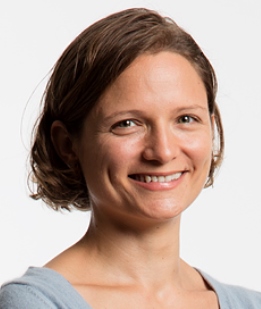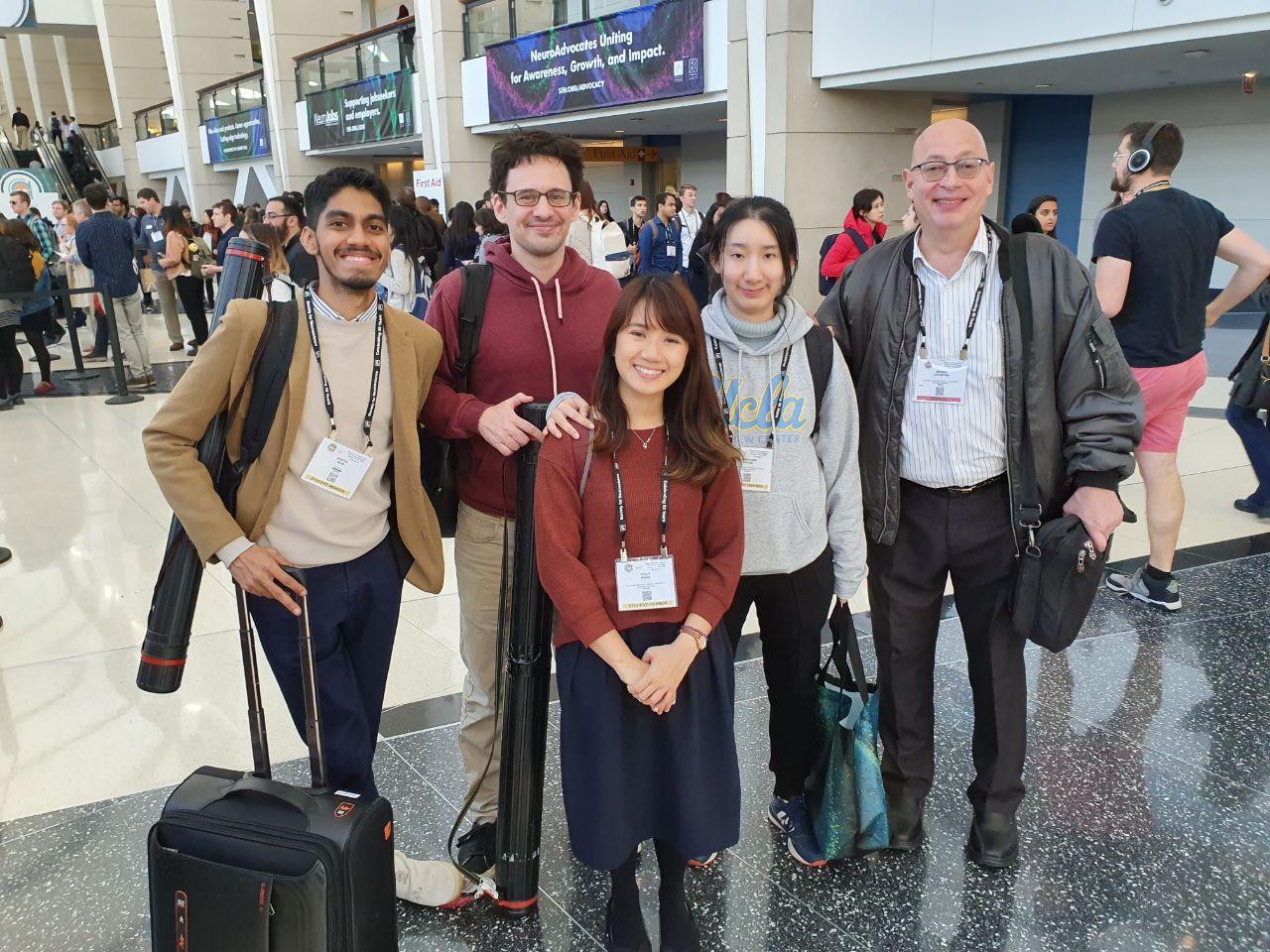Research: Uncoupling consciousness

By Nicole Lim, Science writer, Communications & Outreac
An invitation to investigate the source of consciousness was an impossible offer to refuse, said Research Fellow Martin Graf who joined LKCMedicine Irene Tan Liang Kheng Chair Professor in Neuroscience George Augustine's lab in 2015.
Scientists have long sought to identify the biological spark that makes humans aware and responsive to their surroundings. In 2005, Francis Crick and Christoph Koch published a paper in which they speculated that a little known part of the brain, called the claustrum, could "give rise to integrated conscious percepts". Since then, neuroscientists have tried to test this hypothesis. But the only thing they have been able to establish about this wavy slither of grey matter is that it is an extremely well-connected enigma.
So before Prof Augustine and his team could train their sights on the function of the claustrum, they had to first classify the different neurons in this tucked-away part of the brain. Little did any of them expect that pinning down the neurons of this sheet-like structure found in both halves of the brain would set them on a seven-year quest.

Back in 2015 when Dr Graf joined Prof Augustine's lab, work on identifying the claustrum's different neurons was well underway. While the developmental biologist, who was more used to working with zebrafish, got to grips with new techniques and models, the team put the finishing touches on their classification scheme and submitted the manuscript to a leading journal in neuroscience.
"We were 99 per cent sure that this paper would fly through [the review process]," recalled Prof Augustine.
So when the rejection came, it struck a blow.
"We could have addressed the reviewers' feedback, but at that moment, we felt quite discouraged," said Prof Augustine.
"Why didn't we give up? Because we knew it was important. And it is not like me to give up," he added.
And in that, he found a kindred spirit in Dr Graf.
Going back to the drawing board, Dr Graf painstakingly isolated some 500 cells from the claustrum of mice. After extracting slices of brain tissue, he would have two to eight hours to measure the cells' electrophysiological properties before they died off.
During that time, he'd analyse the cells in the area of interest, fit an electrode on to the surface of a specific cell, fire an impulse and watch how the cell responded, recording up to 63 electrical properties for each. On good days, he recalled processing six to seven cells.
On a bad day, however, he might get just one or two. Using the recordings, he whittled the 500 cells down to 326 whose data was usable.
"I can probably name them all," said Dr Graf.
He recorded all the information while the rest of the team, including fourth-year LKCMedicine PhD candidate Kelly Wong and then-A*STAR National Science Scholarship holder Aditya Nair, started testing and using it.
Kelly, who holds a Nanyang President's Graduate Scholarship, used Dr Graf's data in her work on the role of serotonin, sometimes called the happy chemical, on circuits in the claustrum.
To turn the swathes of data into an easy-to-use and understand format, Aditya developed a software programme that can automatically classify cell types based on their electrical properties.
"Now users just have to type in the data to get the results. I hope this will help to promote the work and move the claustrum field forward," Dr Graf said.
Prof Augustine agrees. "We left no stone unturned. It took us three or four attempts to get the classification scheme right," he said.
Reflecting the team's thorough approach to gathering, checking and verifying countless data points and observations, Dr Graf admitted that there were moments of frustration.
"Why do I take the long road if someone else gets it out much faster?" said Dr Graf, a confessed perfectionist. "But then again, if I know there's a weak point, I want to iron it out. I don't want to publish something with a flaw in it."
In the end, they identified eight types of neurons that make up the claustrum: three kinds of interneurons and five types of projection neurons. They also observed that on a single cell level, the inbuilt electrical properties of the claustrum's neurons affected how they processed signals. This observation further supports the hypothesis of the claustrum as a filter that helps the brain sift out relevant sensory information.
Kelly likens this filtering to a busy roundabout, like the Arc de Triomphe in Paris. "We are solving how the cars can enter into the roundabout and when they need to go off," she said.
This appears to implicate the claustrum in a range of higher-order cognitive processing functions such as attention and memory. Whether it is the seat of consciousness, though, remains an open question.
Any answer, in the end, may be as much philosophical as scientific.
"We can't exactly define what consciousness is yet, nor do we have a way to accurately measure it," observed Kelly. "But attention and memory are both aspects of consciousness, even if they are not all that constitutes it."
Looking back at the journey and the resulting work, Prof Augustine feels proud.
"I am proud of this paper. It was a big job and we did it right. We have identified the foundation in terms of the cellular elements of the claustrum," he said. "It will be a resource for many years to come."
The paper was published during Singapore's circuit breaker, making a team celebration impossible. Dr Graf joked that he celebrated by giving his one-year-old son an extra bottle of milk.
"It is nice to have it out and accepted. It feels good," he added. "Now we can move on."

